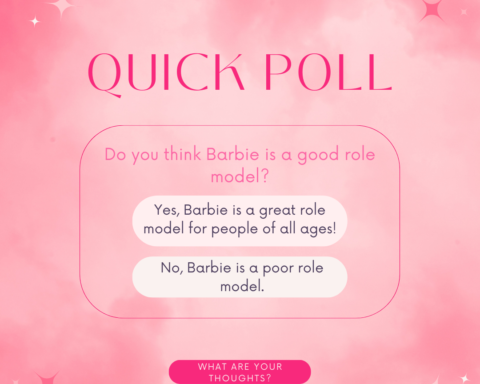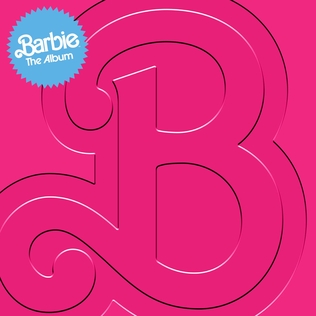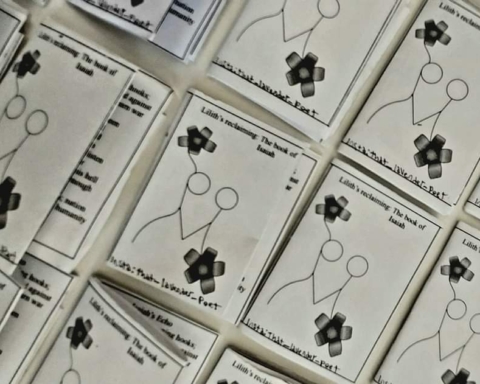By Lucas Jackson
In today’s world, media like movies and television can often affect people’s perception of reality. So when filmmakers and show-runners attempt to tackle the complex topic of mental health conditions & issues, it’s important to get those depictions just right. This provides an opportunity to break down many stigmas and stereotypes surrounding different areas of mental health conditions.
However, many projects do not shine these topics in the most effective light, and often contribute to or create those harmful stereotypes and stigmas. Shows like “13 Reasons Why” and movies like “Split” are often brought up when discussing inaccurate or even harmful portrayals. How do these larger projects, like those from Netflix and Universal, compare to smaller, even independent projects creating similar stories, considering the backlash caused by the bigger projects?
Kyle Roberts is a director based in Oklahoma City. His latest project, “What Rhymes With Reason,” includes elements discussing depression and suicide told through a treasure and scavenger hunt motif.
“It’s a journey, you know…this film,” Roberts said. “A mental health piece told through this adventure lens that truly opens up conversations about mental health and about anxiety, depression, you know, thoughts of suicide, but in a way that’s very palatable.”
To make this film an accurate presentation, Robert and his team conducted extensive research.
“We interviewed a lot of counselors, parents, [and] students,” Roberts said.
It was very important to the writers to not show a suicide attempt.
The depiction of suicide in the show “13 Reasons Why” is the central plot point in the show, and the main reason it’s brought up in discussion.
“They said ‘whatever you do, do not do that’ because it actually does create a kind of ideation in their mind of that and can glorify suicide, which I know is not the mission of those projects, but it can happen, it has happened,” Roberts said.
Suicide is also addressed in “House of Abraham,” directed and co-produced by Lisa Belcher, founder of Jump Rock Pictures.
The psychological thriller is currently in post-production. In this film, people come to the house of Abraham to end their own lives.
Alex, a trans man, is a character in this movie. According to the 2019 study “Mental Health Conditions in Film and TV: Portrayals that Dehumanize and Trivialize Characters,” many projects covering mental health often exclude members of the LGBTQIA+ community. It found zero characters in the top 200 movies from 2016-2017 that were trans were depicted with any mental health condition.
“Nothing about our story has to do with transgender or the process that he went through or anything like that, it’s just a cast of characters and different people who are experiencing tough times in their lives,” Belcher said.
For context, Belcher herself identifies as a straight white female. She explained that she and her co-writer, Lukas Hassel, wrote the script and collaborated closely on making the film.
“ . . . we both feel strongly that representation on a big screen is really an important thing…That statistic is really interesting. I mean, shocking and sad, but maybe not surprising as well,” Belcher said.
Another statistic from the article indicated that “Teens’ mental health does not translate into entertainment.” Only 7% of characters in films who were teens were shown with a mental health condition, as well as only 6% in television. This was compared to the 20% of teens in the U.S. population who do experience some sort of mental health condition.
Farid Zuchrinata is a recent graduate from the University of Oklahoma, who studied film production & psychology. He gave his thoughts on how teens often perceive mental health conditions, specifically through social media.
“With TikTok and Instagram nowadays, I feel like people are more aware of the different lingos for mental health. I feel like people use the terms gaslight, [and] PTSD more often. Sometimes they misuse it,” Zuchrinata said.
Zuchrinata also feels that people are starting to be more aware of the incorrect usage of these phrases. He said it’s almost like it’s started to become cool to understand the correct terms relating to mental health.
He also has thoughts on the depiction of DID (Dissociative Identity Disorder), as seen in the movie, “Split.”
“I feel like it’s really tricky with that [movie] because it started the narrative with a very nuanced and humanized look at this person who was struggling with dissociative identity disorder, and it really humanizes the characters. And I felt like the doctor was really understanding and explained to the audience the many layers and sort of like factors that can contribute to somebody’s development of DID.”
But Zuchrinata did add that the movie did take a turn for the worse, making it seem like DID makes someone into a monster.
“It just got to the point [to where it was] just dehumanizing and sort of demonizing people who have mental illness.”
Split is not the only occurrence where we see conditions such as DID depicted as violent and scary things. According to the previously mentioned 2019 article, 46% of characters in films with mental health conditions were portrayed as perpetrators of violence.
This often leads to harmful misconceptions about many mental health conditions. This does not only include people who do not live with these disorders, but can also impact individuals who do have these conditions and mental health challenges.
It’s likely a good idea to invite more discussions about mental health, in order to set the record straight on what’s reality in these situations.
However, “it’s still taboo,” Roberts said.
If you, or someone you know is going through a tough time, you are not alone and help is available.
COPES Helpline: 918-744-4800
Oklahoma Mental Health Lifeline: 988 (call or text)
If you are outside Oklahoma, or even the U.S., you can always look up your local area’s helpline.






